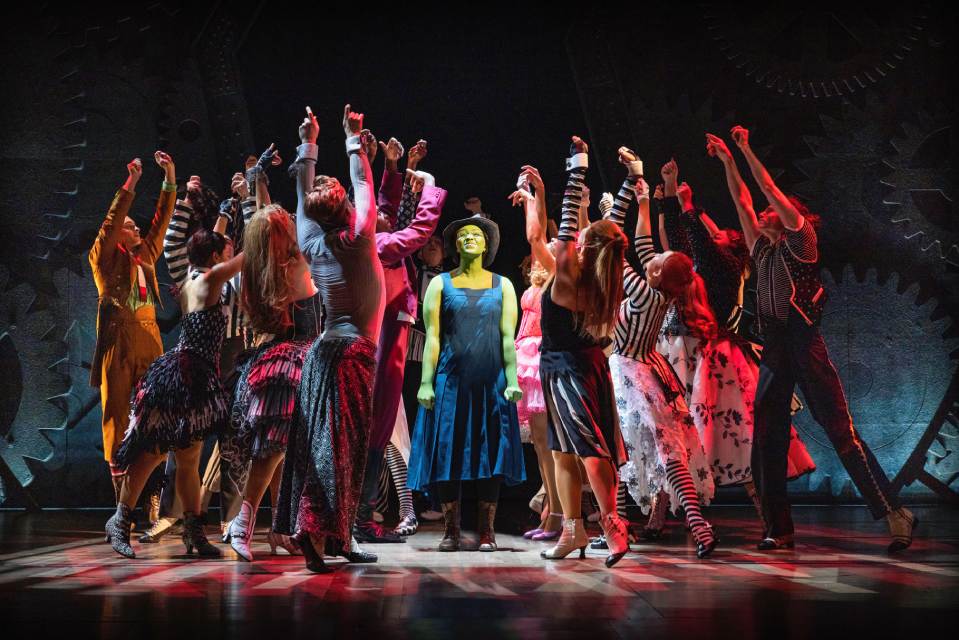Dress down Friday is becoming more popular among many offices in the UK, with many now adopting the dress down option for the rest of the week as well, but do employees actually work better without a strict uniform code?
Go into any workplace on a Friday and there is now a better than 50/50 chance that people will not be wearing a suit or other formal business clothes, according to research by XpertHR.
The survey of 477 employers’ policies on dress and appearance found that more than half now tear up the rules for dress-down days (54.7%) or to support charity days (54.2%). Dress codes may also be abandoned in unusually hot or cold weather or at Christmas, but some employers insist they stick rigidly to the dress code, with one in 20 claiming never to relax company policy. And there is evidence that some may be slow to change policies: one employer told us that it had recently made waistcoats ‘non-compulsory’.
The survey covers 477 employers across all parts of the economy, including employee groups who are required to wear protective clothing or uniforms, or whose freedom to choose what they wear is restricted by hygiene requirements.
Among office workers, where there is more scope for choice, senior managers and those in customer-facing roles are most likely to be required to don smart business wear, while managers and professional or office staff typically follow a smart-casual dress code.
There is a general agreement about what constitutes smart dress – most commonly a suit with shirt and tie for men, and a blouse with a skirt or trousers, or a dress with a jacket for women. However, some say ties are not required unless meeting clients.
Smart-casual is harder to define, but the most commonly cited unacceptable items are frayed or ripped clothing (banned by 89.8%), clothes with prominent logos, images or messages that could cause offence (also 89.8%), and cut-off tops (82.8%). Jeans are generally permitted with restrictions. Even among employers with a relaxed dress code, ripped clothing, offensive images and cut-off tops are unlikely to be accepted. Although shorts (46.3%), tops with spaghetti straps (44.8%) and low-cut dresses and tops (40.3%) are often allowed with some restrictions.
Commenting on the findings, Sheila Attwood, XpertHR‘s managing editor for pay and HR practice, said: “Employers want to leave a good impression on the outside world, and how their employees look is a big part of that. But they often struggle to define what they mean by ‘smart’ or ‘smart-casual’ in a work context. As the suit and tie become less a feature of office life, this problem only becomes worse.
“There is widespread agreement that short-sleeved shirts or smart jeans are fine, and that low-cut tops and ripped jeans are not. But employees are still often unhappy when they are told they cannot wear flip-flops or their employers ask them to cover up tattoos and piercings.
“The results of our survey will help HR professionals to validate their approach against that of other employers, enabling them to come up with a policy that helps to protect their organisation’s image without being seen as unnecessarily restrictive by their employees.”














